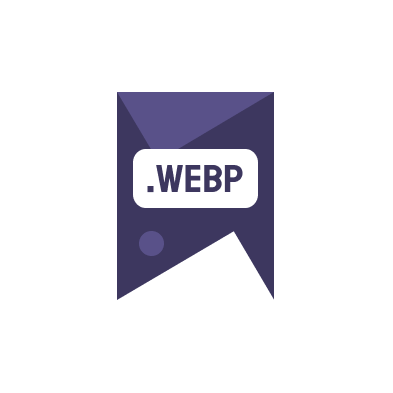In today’s digital age, optimizing your blog’s visuals with using WebP on blogs can significantly boost your SEO and user experience. Whether you’re running a blog on Blogger or WordPress, understanding how to implement WebP images can be a game changer. This guide will walk you through the benefits, implementation, and troubleshooting tips for using WebP on blogs.
Why Choose WebP for Your Blog?
WebP, developed by Google, offers superior compression and quality characteristics compared to other image formats like JPEG or PNG. This results in faster loading times and reduced bandwidth usage — crucial factors affecting both user experience and SEO rankings. Faster sites not only retain visitors better but also rank higher in search results.
How to Implement WebP on Blogger and WordPress
Implementing WebP in Blogger or WordPress is straightforward. Here’s how you can do it:
- WordPress: Install a plugin like Imagify, ShortPixel, or WPMU DEV’s Smush which automatically converts images to WebP format upon upload. Some hosting services also offer built-in solutions.
- Blogger: Since Blogger does not natively support WebP, you’ll need to manually convert your images using tools like an online WebP converter and then upload them to your blog.
Benefits of Using WebP on Your Blog
The adoption of WebP can lead to several benefits:
- Improved loading times.
- Better SEO rankings due to faster site speed.
- Reduced bandwidth and storage costs.
- High-quality images even at lower file sizes.
For detailed SEO insights and best practices, refer to Google’s SEO Starter Guide.
Potential Issues and Solutions When Using WebP
Despite its benefits, transitioning to WebP can come with challenges, especially regarding browser compatibility and legacy systems. Here’s how you can address these issues:
- Ensure fallbacks using JavaScript or server-side solutions for browsers that do not support WebP.
- Use conditional statements in your site’s code to serve different image formats based on browser compatibility.
Embracing WebP images on your blog can dramatically improve overall performance and user satisfaction. Start incorporating WebP on your Blogger or WordPress site today and experience these benefits firsthand.

